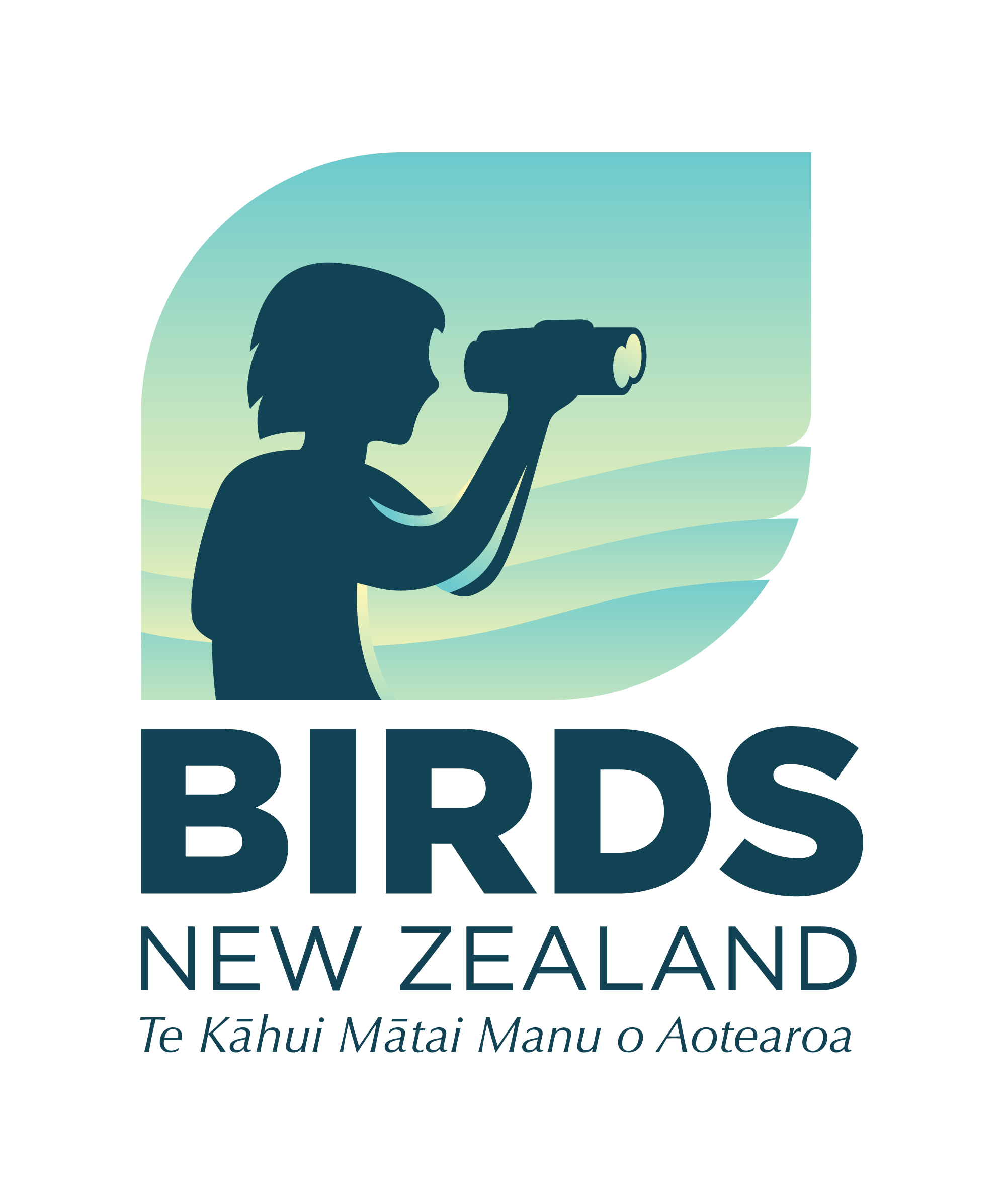Notornis, 17 (3), 147-199
Article Type: Paper
From 13/11/66 to 27/1/67 the Ornithological Society of New Zealand’s 25th Anniversary Expedition was based on Raoul (Sunday) Island in the Kermadec group. North Meyer in the Herald Islets and Denham Bay on Raoul, were in continuous occupation from 19/11/66 to 20/1/67 and 14/11/66 to 24/1/67 respectively. Ornithological surveys were carried out on Raoul and all adjacent islets and more detailed studies made on Raoul and North Meyer; opportunity did not permit landings to be made on other islands of the group. A general account is given of birdlife found inhabiting Raoul Island and the Herald and Milne Islets, and the status of species recorded is reviewed.
The Kermadec allied shearwater known to breed only on Meyer, was found to have bred on Raoul and on most islets of the Herald group. It and remnant breeding colonies of wedge-tailed shearwater and black-winged petrel on Raoul, are endangered as a result of heavy predation by feral cats. A storm-wrecked specimen of the rare, endemic Sunday Island petrel was the only evidence found of this species.
The Kermadec petrel which, earlier this century, bred in hundreds of thousands on Raoul during summer, is now virtually extinct as a breeding species on this island; evidence of only two nests was found. Predation by cats and rats is thought to have caused this dramatic decline. Breeding recorded from all islets in the Herald group followed the pattern of that of the winter-breeding variety on Meyer. (No morphological character has been found whereby Kermadec petrels breeding on Meyer and Raoul can be separated taxonomically; however, because of their distinct breeding cycles Iredale (1914) considered the Meyer population to be a “variety” of the species.) The majority of these birds are known to lay in February and March, but it was proved that some nesting occurs throughout the year. Although the polymorphic range on Meyer was as great as that reported from Raoul by Iredale (1914) in 1908, the extremes were less common.
The red-tailed tropicbird was nesting in greatest numbers on Dayrell and South Meyer, but the masked booby was breeding in numbers only on the Chanter Islets. Thirty-six occupied booby nests were on the Herald Islets. Besides the well known Denham Bay colony, sooty tern were found nesting at Hutchison Bluff and on Meyer and Dayrell lslets, the total breeding population being approximately 80,000 pairs. Mortality of chicks banded at between one and three days was considerably greater than that of older chicks. The white-capped noddy, found breeding only on Meyer, had a more protracted breeding season than that recorded by Oliver (1955). The grey ternlet was found breeding on all but the Milne lslets and was in greatest numbers on Napier Islet.
Sooty shearwater, grey plover and southern black-backed gull were recorded apparently for the first time at the Kermadecs. Comparative measurements indicate that some minor morphological differences may exist between Kermadec and New Zealand mainland forms of pukeko, kingfisher and tui.
